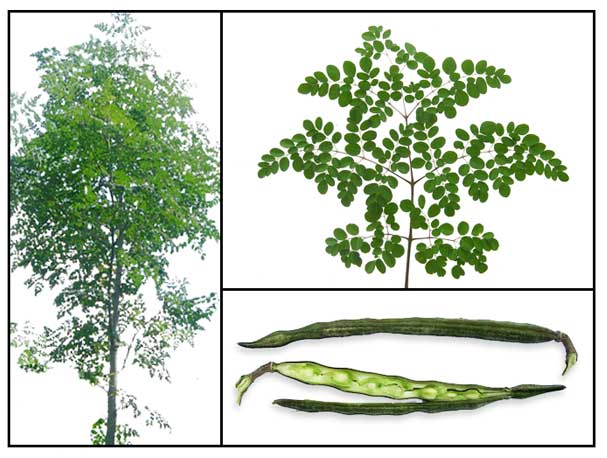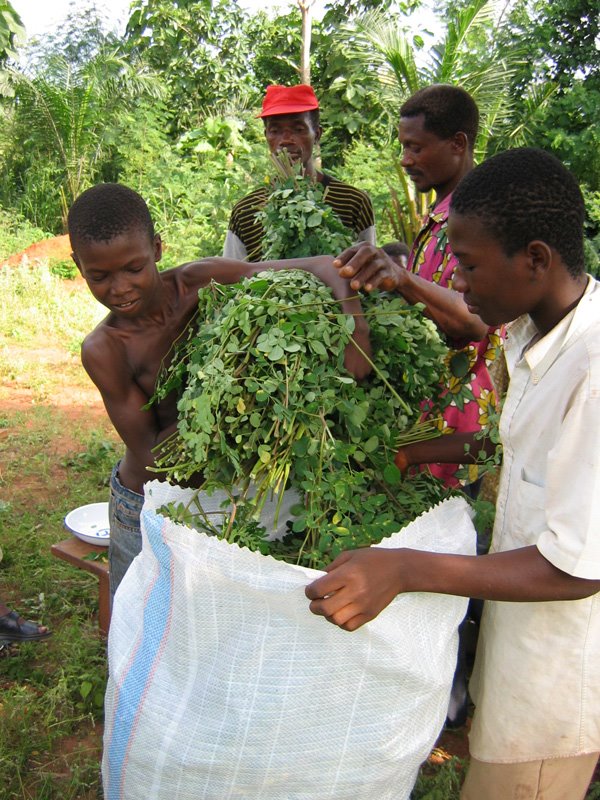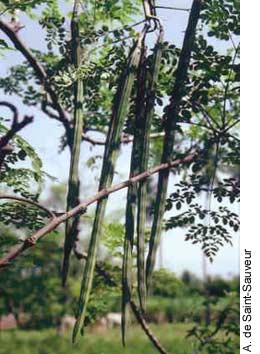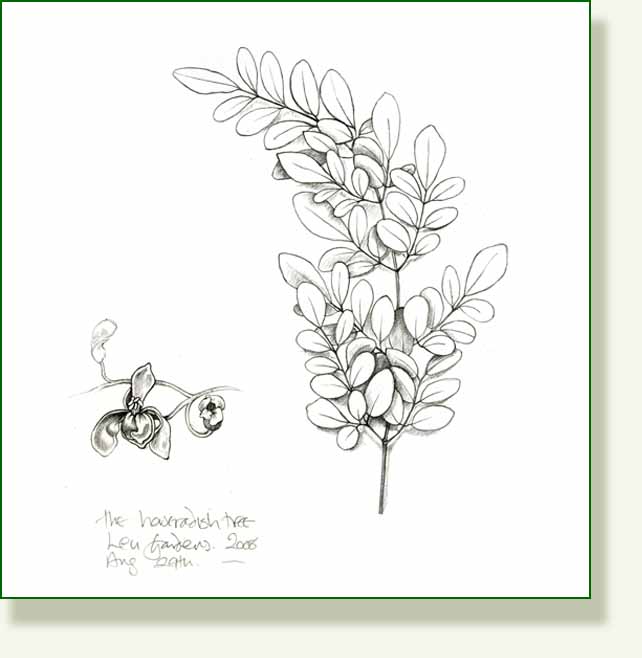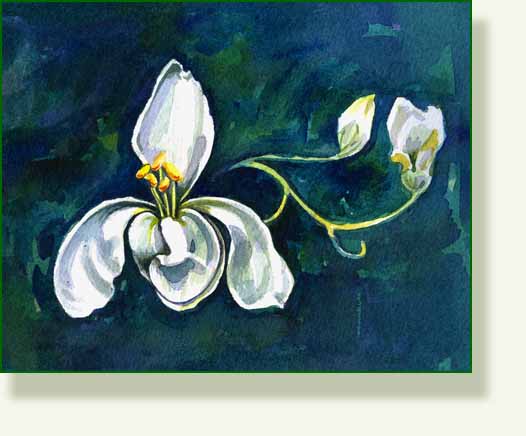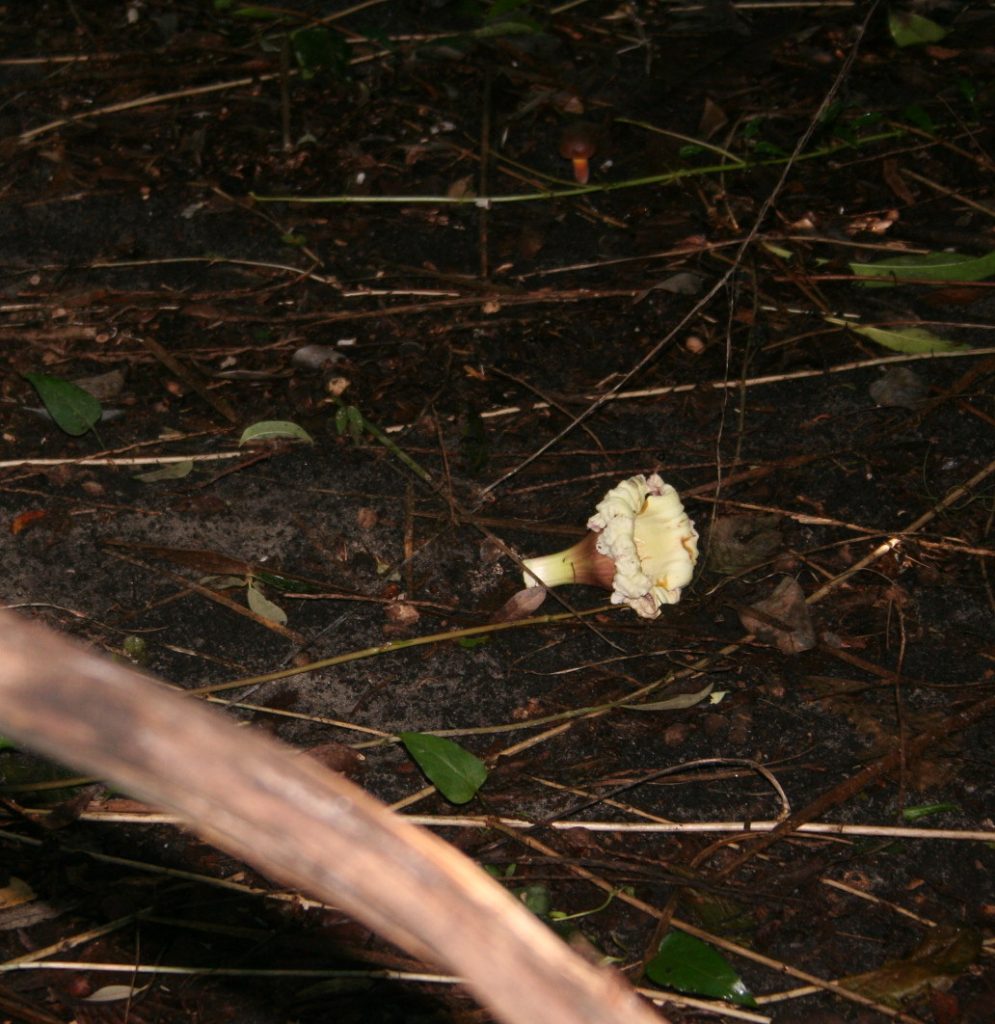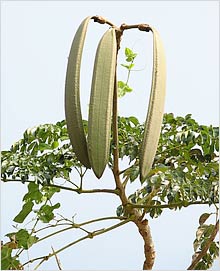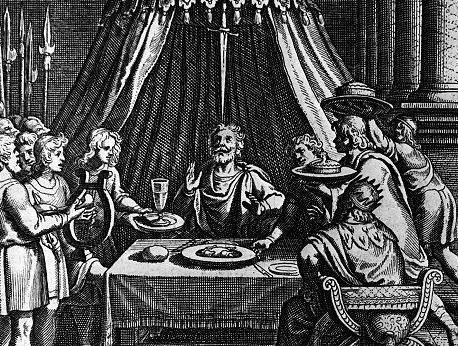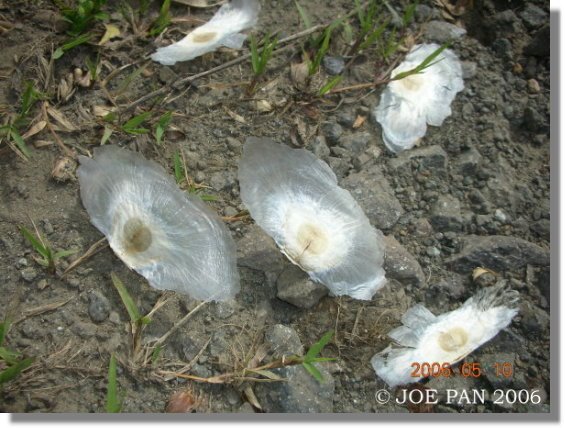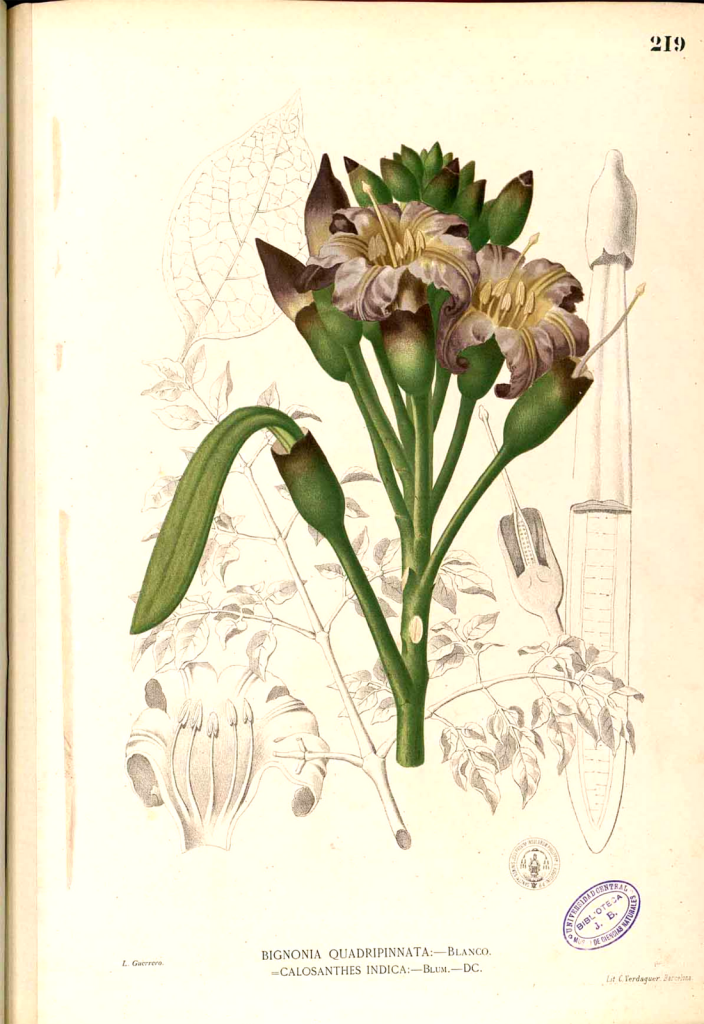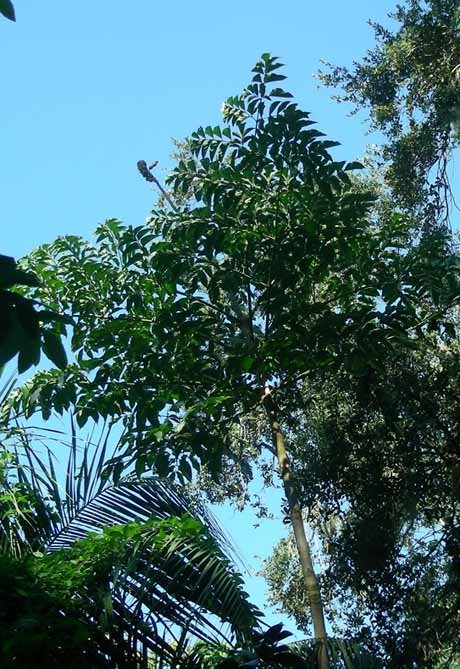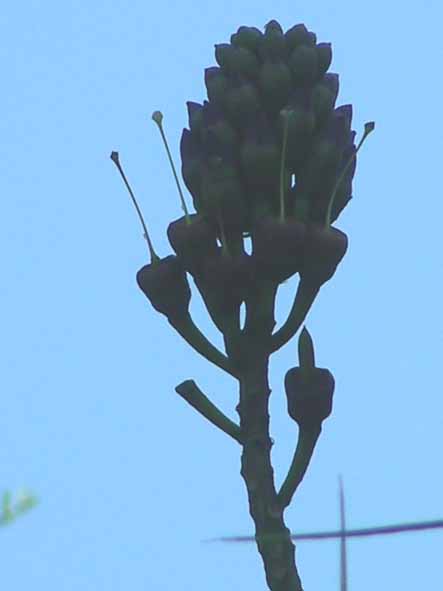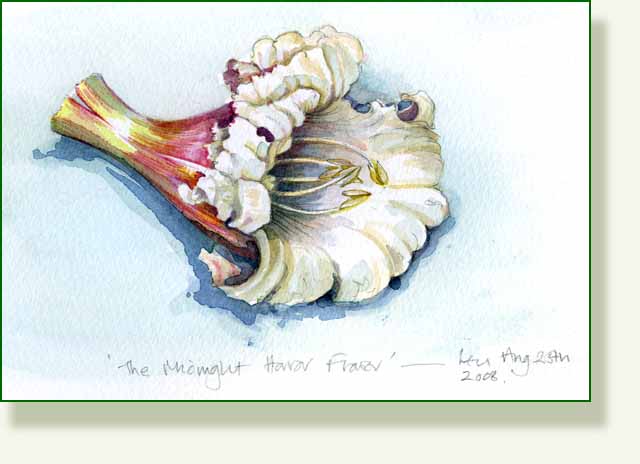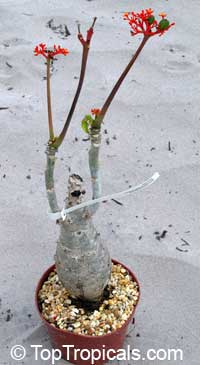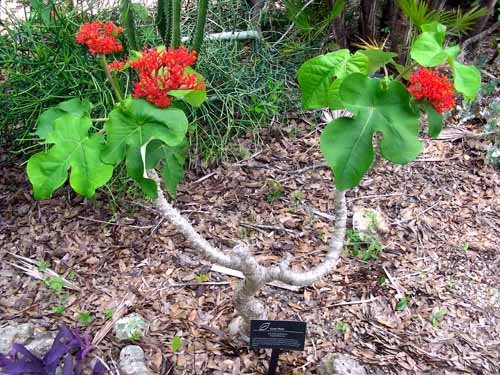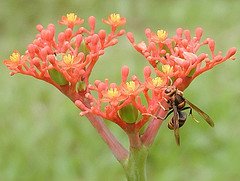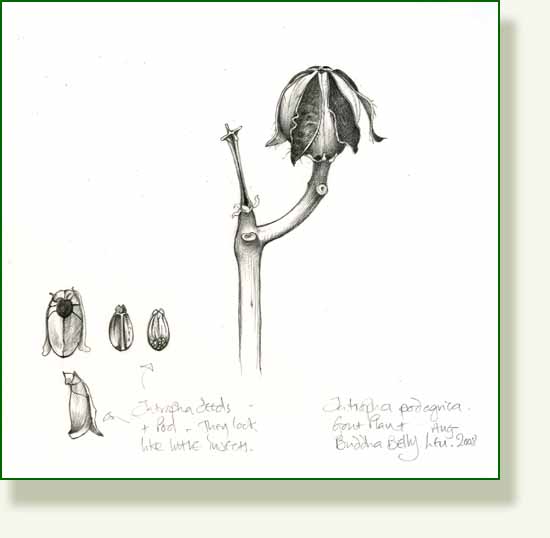Time after time I find something at the Gardens which amazes me. “Amaze” is my most overworked word but in every instance it really is justified. On Thursday I was wandering along the quite paths on the westen side of the gardens, not looking for anything in particular, and happened upon this modest little tree tucked away in a side border. I nearly didn’t bother with it. I thought “Oh this is quite pretty”, and idly wondered why a tree would be called a “horseradish” tree when the root of the brassica Armoracia rusticana, is the normal source. But this tree must take the biscuit for being the most ‘amazing’ I have come across yet, not for beauty or size or anything outward but for its astonishing and well documented usefulness.
Just 5 minutes on the Internet revealed a tree that has been hailed by biochemists as the most nutrient-rich plant ever discovered and by others as simply the “Miracle Tree”
This is the Moringa oleifera, the Horseradish Tree, known by many other names, including the Drumstick Tree, the Ben Oil tree, and Mother’s Best Friend.
This heady acclaim is because almost every part of this plant can be used to our benefit in some way or another. Just nutritionally it takes some beating. Bio chemists have discovered that weight for weight powdered Moringa leaves have seven times the vitamin C of oranges, four times the calcium of milk, three times the potassium of bananas, four times the vitamin A of carrots and two times the protein of milk. The edible pods are also high in nutritional value and are cooked like green beans when young. The flowers, high in calcium and potassium are eaten cooked and apparently taste something like mushrooms.
Another extremely useful property of this plant is as a water purifier. The powdered seeds have been shown to be extremely effective in removing bacteria and it is used as a purifier for river water and desalination agent.
These two particular properties , nutrition and water purification, have led to initiatives to introduce this pretty little tree to areas of deprivation and malnutrition. It is easy to grow in tropical and desert areas, thrives in poor soil and recent strains are more frost hardy and will grow where oranges can survive
It is a very important tree.
Great photo from the University of British Columbia site here, courtesy of Melanie Brown of the APPEF PROJECT, TOGO.
and here is one of the comments in response to the photo.
I read this post with great interest. I am Sri Lankan and just about all gardens there have a spindly “murunga” or “drumstick” tree. We never ate the roots but the pods and leaves were eaten regularly. As kids we loved “drumstick curry” because of the work involved scraping the flesh off the hard peel! The leaves have a distinct taste which I would not describe as an “off taste”. To cook the leaves, the leaves were first stripped of the main stem and then cooked by lightly sauteing it with a small amount of onion. In the coastal areas, crabs were always cooked in a curry with Murunga leaves. In the hills, the leaves were blended into a pan fried bread (called roti’s) by the Indian tamils (mostly very poor workers’ in the tea estates). I am very glad to now know that these leaves are very nourishing. Thank you.
Posted by: June at May 8, 2008 8:15 AM
Medicinally, it is used for the treatment of skin infections, lowering blood pressure, reducing swelling, healing gastric ulcers, lowering blood sugar and a mild tranquilizer. Drinking the water from the boiled beans is also said to alleviate the symptoms of arthritis…I presume because of its anti-inflammatory properties. This alone would be a relief to many (she says with some feeling!)
What else?… well the Moringa seeds yield a fine high quality edible oil, ben oil, which when refined is clear, odorless, and resists rancidity. It is used for oiling watches, as a perfume base and of course for cooking and, like Jatropha has been identified as a possible bio fuel source.
The bark and sap are used to make a blue calico dye which is used in Jamaica and India.
It is another “living fence post” tree and when everything has been eaten, squeezed, pressed and extracted, the fibres can be used for matting, paper and cordage and the seed cake for animal fodder and fertilizer.
This image of Moringa pods from Moringanews here.
Some history ….
The Moringa is a native of India, where it grows wild. It was well known and valued by the ancient civilizations of Rome Greece and Egypt, and there is apparently a written record of it from 2000 BC.
The name Moringa is from the Tamil and oliefera, means ” oil-bearing.”
It is the only genus in the plant family Moringaceae in which there are 13 species. There is a website here with information on the family.
The tree itself is a pretty delicate thing which can achieve above 10 meters but can be cut back to about 1 meter allowing the leaves and pods on the new growth to be within arms length.
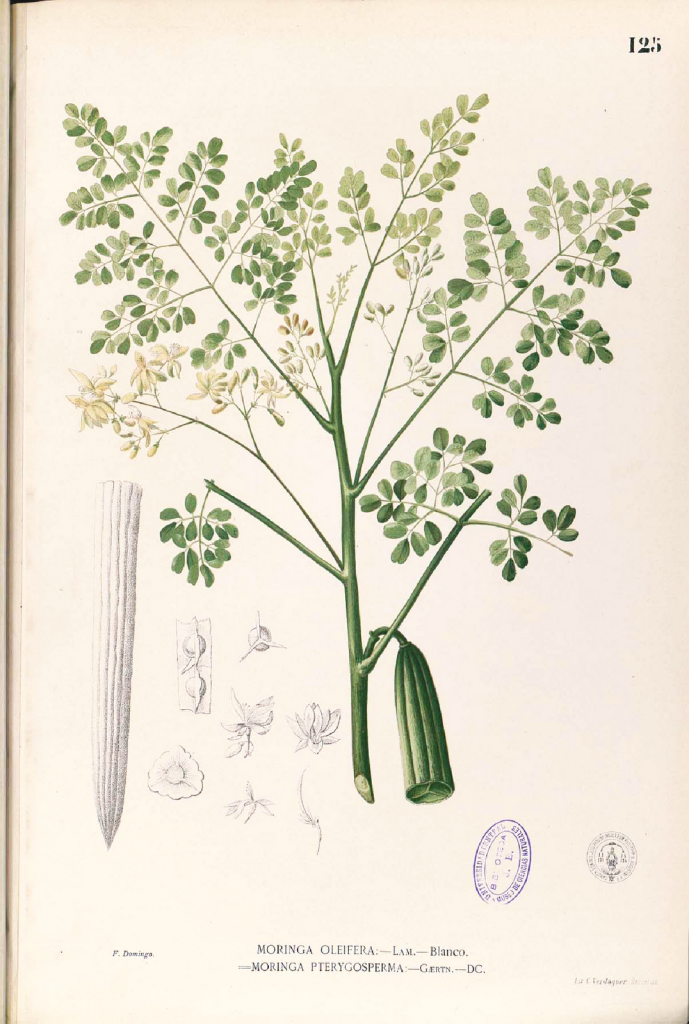
Lovely old print from “Flora de Filipinas” at Wiki
Culinary uses abound and you will find recipes on the Internet. I am going to try some and will report back. The leaf I brought home to draw is past its best.
The leaves are used fresh in salad like coriander, or they can be added to soups. The pods known as “drumsticks”, hence one of the names of the tree, are cooked and eaten when young like green beans or when older the pulp is extracted and added to stews or curries. In India the pods are fried and also preserved in cans. It is a good ingredient for curries mixed with coconut, poppy seeds and mustard. The seeds can be roasted or removed from the pods and used like peas. The only warning note seems to be about eating the root which, although it tastes like horseradish must be carefully peeled as the root bark is toxic.
Here is a quick and easy way of getting some moringa nutrition into your diet from Hendry Creek Hideaway, see link below.
Add dried, crushed Moringa leaves to oil with other fresh herbs. Dip hot bread.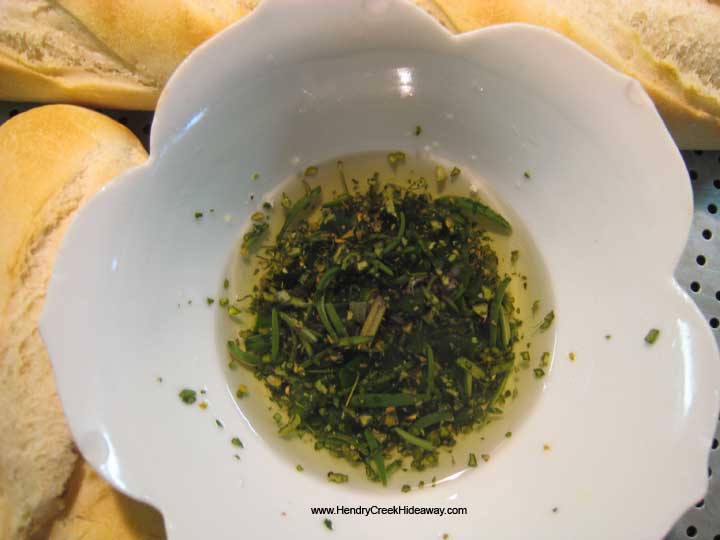
For some more good info and great photos go to Hendrycreekhideaway of Fort Myers here
There is much more information on the Internet than I have time to sift through for this post but Moringa does have its own website, Moringa News.org here
It is multi-lingual site with Moringa information and connects people who are interested in all aspects of this amazing little tree.
I think we should all try to grow one. I am sure there is room on the balcony for just one and I know here in Florida they definitely grow well. I think I should start a campaign.
Two odd additional things, the tree is said to host ghosts at night and the seeds are very like those of the Midnight Horror tree.. strange..
________________________________________

